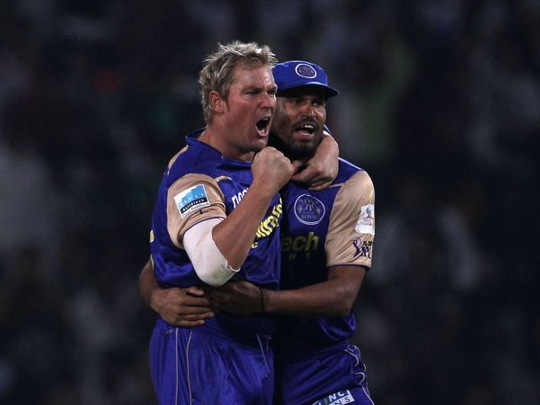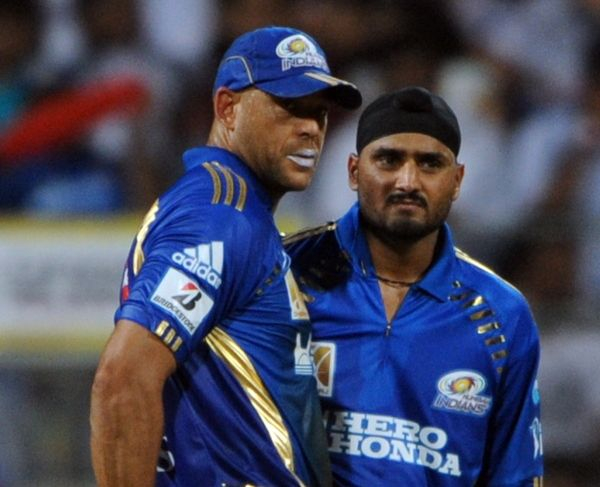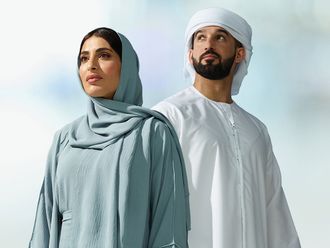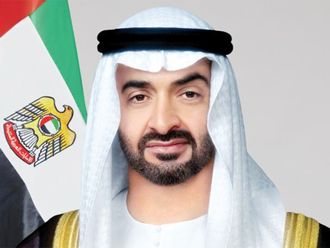
One of the most important contributions of the IPL has been in improving interpersonal relationships among cricketers. This transformation is borne out by an ethnography of spectator behaviour across IPL matches over time. For example, when Shane Warne rushed to congratulate Yusuf Pathan after his super over heroics against Kolkata Knight Riders in 2009, the large Indian diasporic crowd in South Africa, where the tournament was being played, was spontaneous in applauding Warne for his gesture. The Australian superhero, taken out of his nationalist context, had suddenly been appropriated and indigenised and was a key member of the Rajasthan Royals side. In the first edition of the IPL too this feature was prominent. David Hussey, the most consistent batsman for the Kolkata team in IPL season one, had soon become Hussey da, meaning elder brother in the vernacular.
The best example of this transformation, however, is the case of Andrew Symonds and Harbhajan Singh. In the fourth season of the IPL in 2011, Symonds and Singh played for Mumbai Indians. Sachin Tendulkar for one vividly remembers their first meeting when Andrew Symonds joined the team. “I mentioned to him that the Sydney controversy of 2008 was a thing of the past and neither I nor Harbhajan will ever refer to the incident in our dealings with Andrew,” says Tendulkar. “ I also said that we were part of the same team and that we will back him in good and bad.
“Andrew, on his part, reciprocated the camaraderie and we became good friends. We had meals together, played some really good matches together and I am sure when we meet next we will share the same chemistry. This transformation is inconceivable without the IPL.”
Benefits all around
Thanks to the IPL, none of the India-Australia series post April 18, 2008, when the first match of the IPL was played, has seen the kind of acrimony visible during the Indian tour down under in December-January 2007-2008. In IPL season six, for example, Tendulkar, Singh et al enjoyed playing with ex-Australian skipper Ricky Ponting and got to know him better. Here’s what Singh says about this experience: “Ricky and I have played international cricket for close to two decades and the only interaction we had before playing together for Mumbai Indians was the occasional hello. The IPL changed this. We shared the same dressing room and discussed about winning matches for Mumbai Indians. It was enriching to know Ricky better and understand his perspectives on the game.”
The biggest positive of the IPL, however, is that it offers the Indian domestic cricketer the opportunity of playing with the best in the world. There are many players in India who are good but have narrowly missed the opportunity to represent the country. Some of them might be on the wrong side of 30 and have little or no hope of playing for the country in the future. For a lot of these players, the IPL is the best thing that has happened to Indian cricket. It has given them recognition, unthinkable a few years earlier, respect and wealth, essential to bringing up a family.
The IPL is the second-best platform after international cricket at the moment and these players, having missed the cut to play for the national team, get their share of the glory associated with the international game by playing in the IPL. IPL performances are noticed, lauded and glorified in the media and the status of the domestic Indian cricketer has improved as a result.
Good for the game
The young rookie cutting his teeth in T20 cricket has also benefited from the competition. To be able to face up to Mitchell Starc, Dale Steyn or Morne Morkel in the nets, share a dressing room with Jacques Kallis or Kevin Pietersen, practise and play alongside the likes of Chris Gayle or Michael Hussey, is a dream come true for any Indian youngster. He is exposed to the best of international talent and has an opportunity to learn much from these greats of the contemporary game.
In Mumbai Indians, for example, youngsters have a fantastic opportunity to play against one of the best T20 bowlers in the world in Lasith Malinga in the nets, rub shoulders with the likes of Kieron Pollard and discuss batting techniques with Tendulkar, the icon of the team. It has been endearing to see Malinga, fielding at mid-on, walk up to Dhawal Kulkarni, the Mumbai medium-fast bowler, when he was bowling and offering him suggestions. These are gains that go far beyond the monetary riches offered by the IPL.
From the players’ perspective, it has been one huge positive. Not only has it improved player relations, it has also made domestic cricket far more respectable and alluring.













